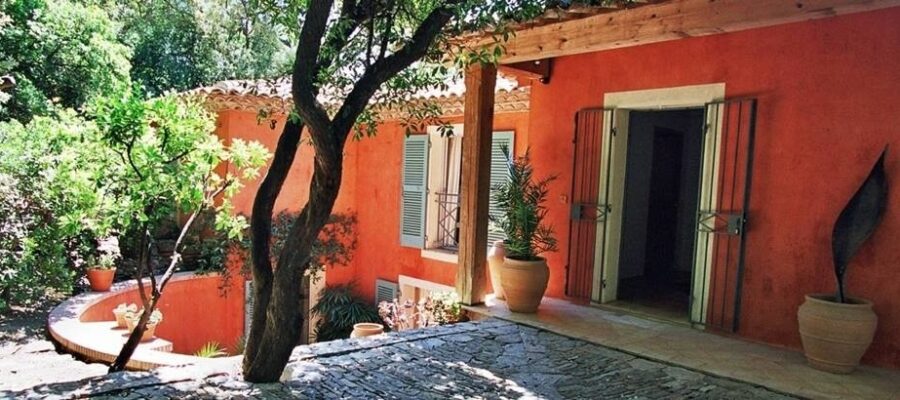Do you know the ocher pigment? But do you only know what it is and where does it come from? tells you more in this dedicated article.
What is ocher?
The ocher (rarely spelled ocher and often called yellow ocher) is one of the various forms of iron oxide which are described as earth -based pigments. These pigments, used by ancient and modern artists, consist of iron oxyhydroxy, that is to say natural minerals and compound compound compounds composed of variable proportions of iron (Fe3 or Fe2), Oxygen (O) and Hydrogen (H). Other natural forms of earth pigments linked to ocher include his own, which is similar to yellow ocher, but warmer in color and more translucent, and umbre, which has goethite as main component and incorporated Various levels of manganese. Red oxides or red ocher are forms rich in hematite yellow ocher, commonly formed by the natural aerobic alteration of ferrous minerals.
Historical ocher uses
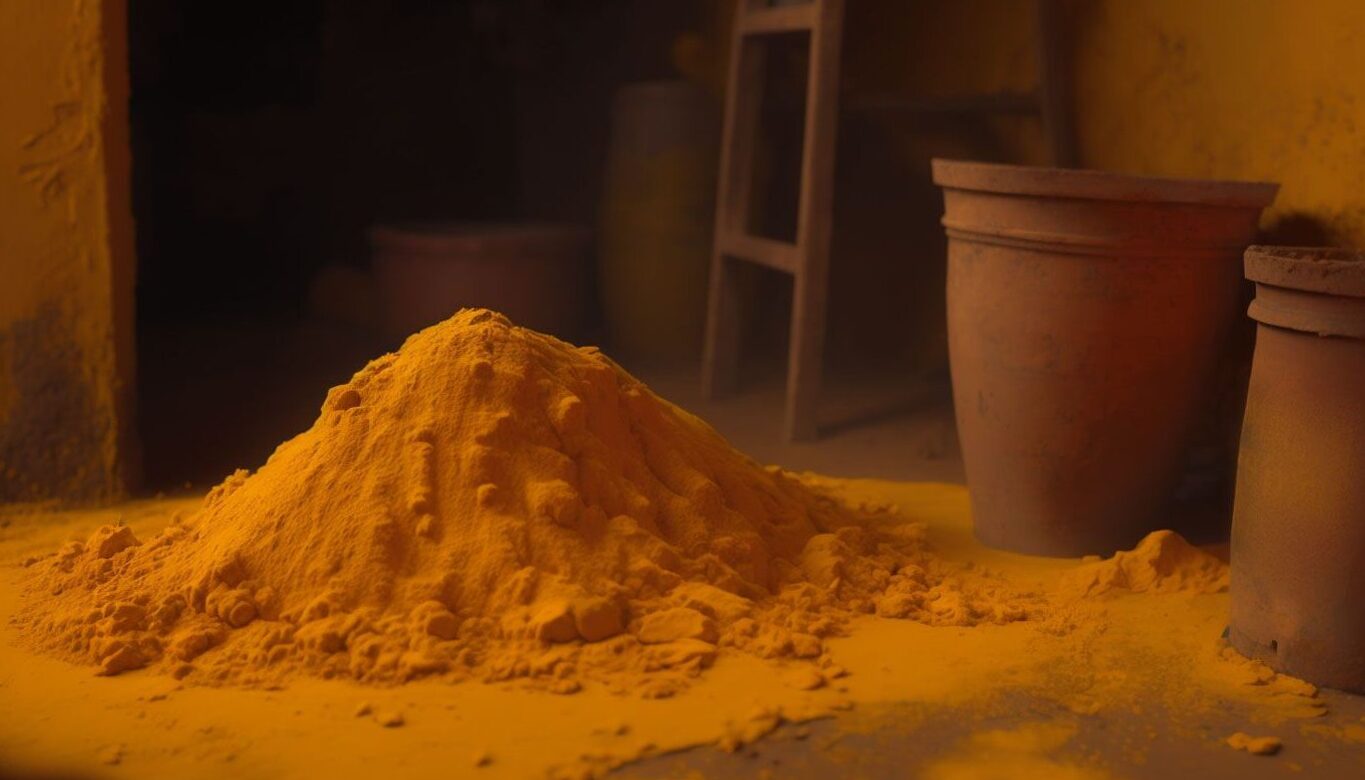
Natural oxides rich in iron have provided red-yellow-brown paintings and dyes for a wide range of prehistoric uses, including, but without limiting itself, rock paintings, pottery, wall paintings, the rock art and human tattoos. The ocher is the oldest pigment used by humans to paint our world, perhaps even 300,000 years ago. Other documented or implicit uses are as drugs, as a preservation agent for the preparation of animal skins and as a load agent for adhesives (called chews). Ocher is often associated with human burials: for example, the Paleolithic cave site of Arene Candide in the Upper Paleolithic uses ocher for the burial of a young man 23,500 years ago. The Paviland Cave site in the United Kingdom, dated roughly the same era, had such an burial soaked in the red ocher that was called (a little by mistake) the «Red Lady».
Since when do we use ocher?
The ocher is very widespread on archaeological sites around the world. Admittedly, the rock art of the Upper Paleolithic in Europe and Australia contains the generous use of the mineral: but the use of the ocher is much older. The oldest possible use of the ocher discovered so far comes from a Homo Erectus site dating from around 285,000 years. On the site called GNJH-03 in Kapthurin formation in Kenya, a total of five kilograms (11 pounds) of ocher in more than 70 pieces was discovered. There are 250,000-200,000 years ago, the Neanderthals used ocher, in the Maastricht Belvédère site in the Netherlands (Roebroeks) and in the Benzu rock shelter in Spain.
Ocher and human evolution
The ocher was part of the first art of the Middle Ages phase (MSA) in Africa called Howieses Poort. The first modern human assemblies of 100,000 -year -old MSA MSA sites, including Blombos Cave and Klein Kliphuis in South Africa, include examples of engraved ocher, ocher plates with deliberately carved patterns in the area. The Spanish paleontologist Carlos Duarte (2014) even suggested that the use of red ocher as a pigment in tattoos (and otherwise ingested) could have played a role in human evolution, because it would have been a source of iron directly In the human brain, perhaps making us smarter. The presence of ocher mixed with milk proteins on an artifact from a 49,000 -year -old MSA level in the Sibidu cave in South Africa would have been used to make the ocher liquid, probably killing a bovid In lactation (Villa 2015).
Identification of ocher sources
The yellow-red-brown ocher pigments used in paintings and dyes are often a mixture of mineral elements, both in their natural state and following a deliberate mix of the artist. A large part of recent research on ocher and its natural terrestrial parents focused on identifying the specific elements of a pigment used in a particular paint or dye. The determination of the composition of a pigment allows the archaeologist to find the source where painting has been extracted or collected, which can provide information on long distance trade. Mineral analysis helps in conservation and catering practices; And in modern art studies, it helps technical examination for authentication, the identification of a specific artist or the objective description of an artist’s techniques. Such analyzes have been difficult in the past because older techniques required the destruction of certain fragments of painting. More recently, studies using microscopic quantities of paint or even completely non -invasive studies such as various types of spectrometry, digital microscopy, fluorescence of X -rays, spectral reflectance and X -ray diffraction have been used for Separate the minerals used and to determine the type and treatment of the pigment.
The different colors of the ocher
Before the 18th and 19th centuries, most of the pigments used by the artists were of natural origin, composed of mixtures of organic, resins, waxes and minerals. Natural pigments such as ocher consist of three parts: the main color component (hydrated or anhydrous iron oxide), the secondary or modifier coloring component (manganese oxides in shadows or carbonated material in brown or black pigments) and the Base or color support (almost always clay, aged produced from silicate rocks). It is generally believed that ocher is red, but it is in fact a natural yellow mineral pigment, composed of clay, siliceous materials and the hydrated form of iron oxide known as silt. Limonitis is a general term which designates all forms of hydrated iron oxide, including Goethite, which is the fundamental component of ocher land. The ocher contains a minimum of 12% of oxyhydroxide of iron, but the quantity can go up to 30% or more, which gives rise to a wide range of colors ranging from light yellow to red and brown. The intensity of the color depends on the degree of oxidation and hydration of iron oxides, and the color becomes more brown according to the percentage of manganese dioxide, and reder according to the percentage of hematite. As ocher is sensitive to oxidation and hydration, yellow can become red by heating goethite (feoooh) containing pigments in yellow soil and converting it into hematite. The exposure of yellow goethite at temperatures above 300 degrees Celsius will gradually dehydrate the mineral, first converting it into yellow-orange, then in red as hematite is produced. Evidence of a heat treatment of ocher dates at least as early as the average age deposits in the Blombos cave, in South Africa. Following all these processes, we can therefore find families of following pigments:
- Red ocher
- Yellow ocher
- Blue ocher
- Ocher pink
How to use ocher? (Its different uses)
You have understood, the ocher is an ancestral and natural pigment which is mainly used in painting. With us we also use it to color our lime plasters in order to multiply the nuances that we offer to our customers. Do not hesitate to discover them all here.
latest posts published
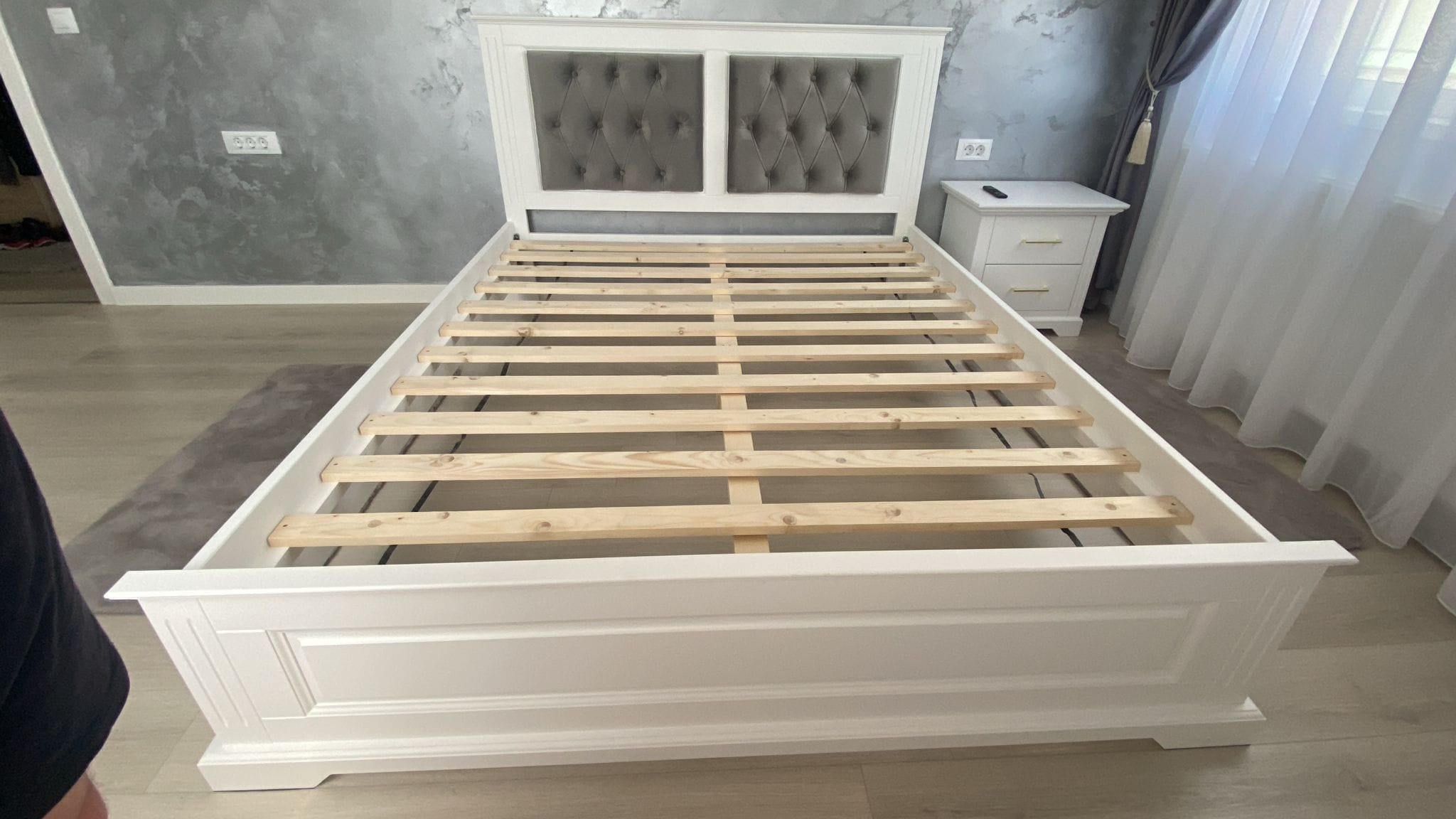
The natural essence for personalized bedroom
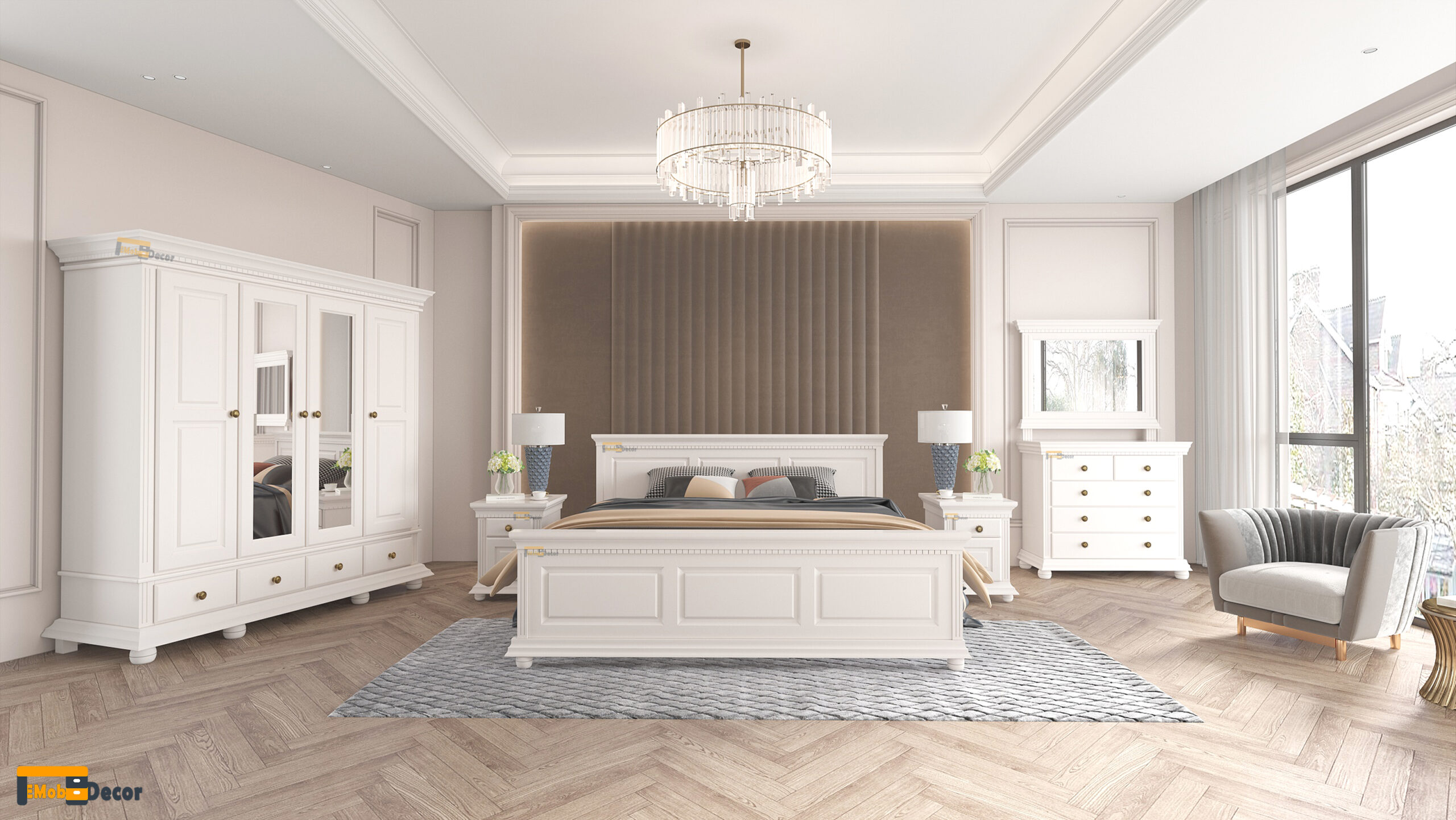
The foundation of an authentic, natural bedroom

10 bedroom arrangement ideas for a new beginning »EmobDecor
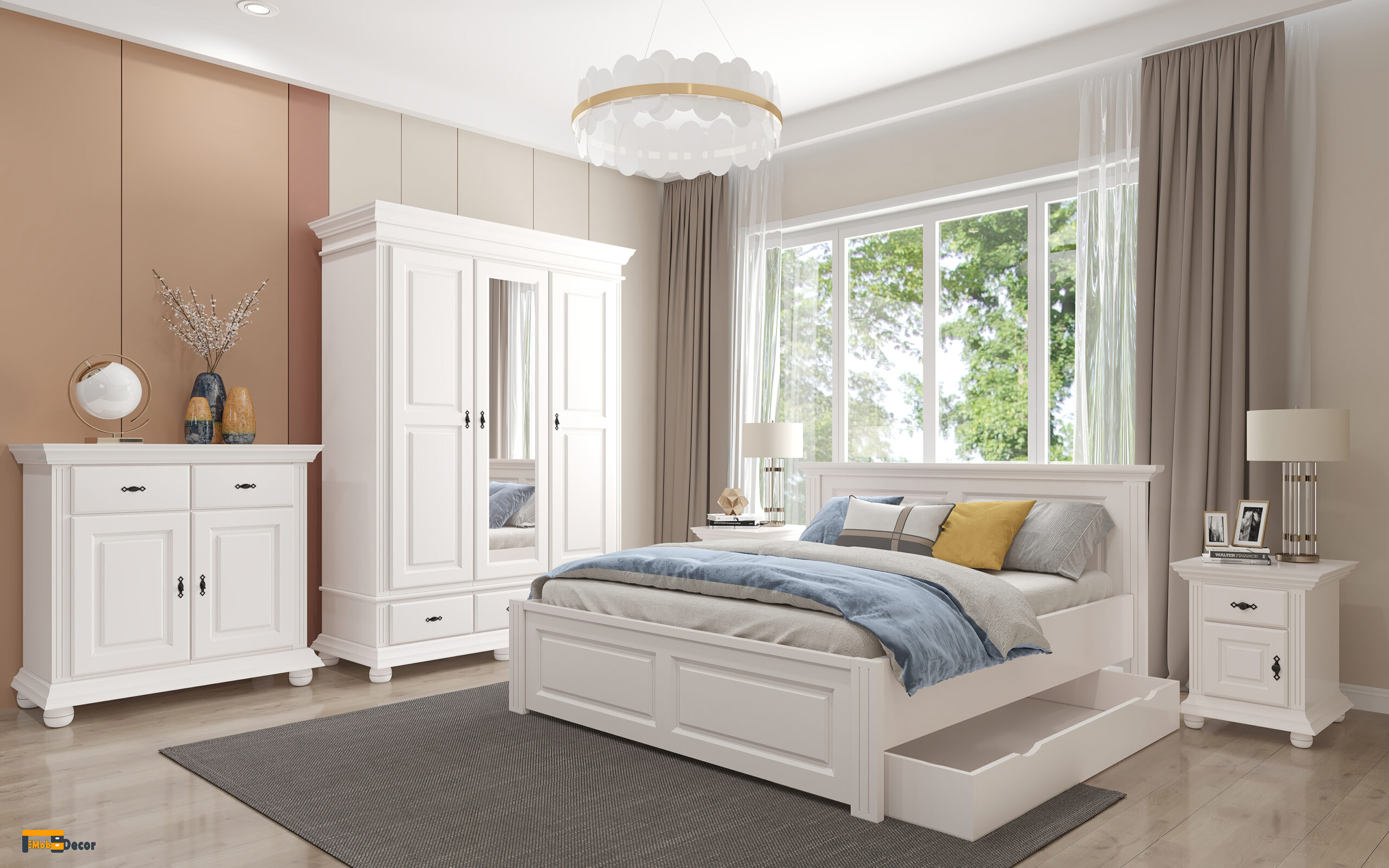
a way to express your personal style
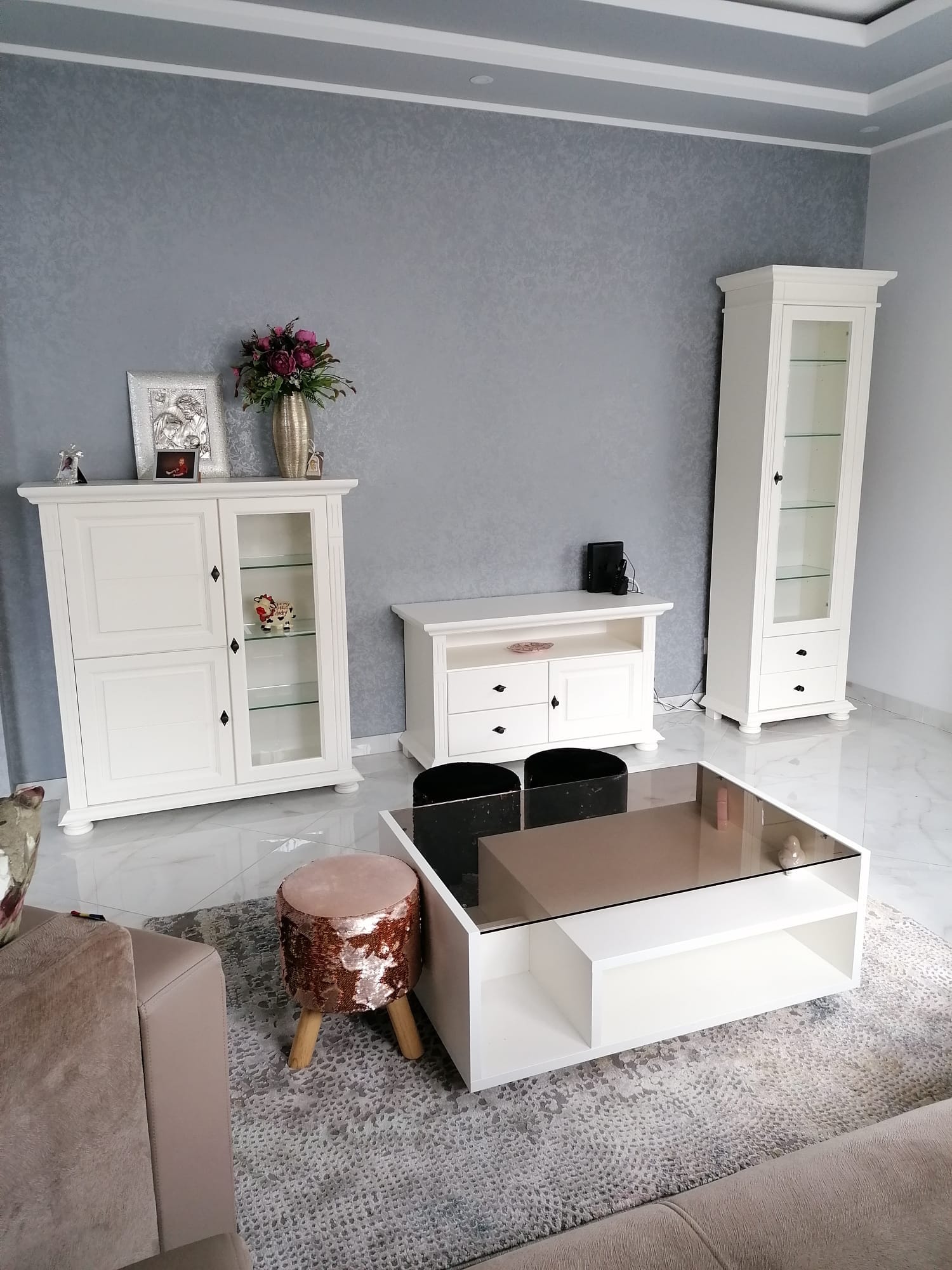
5 tips to find the right offer

Bed upholstered with folding bed: ideal solution
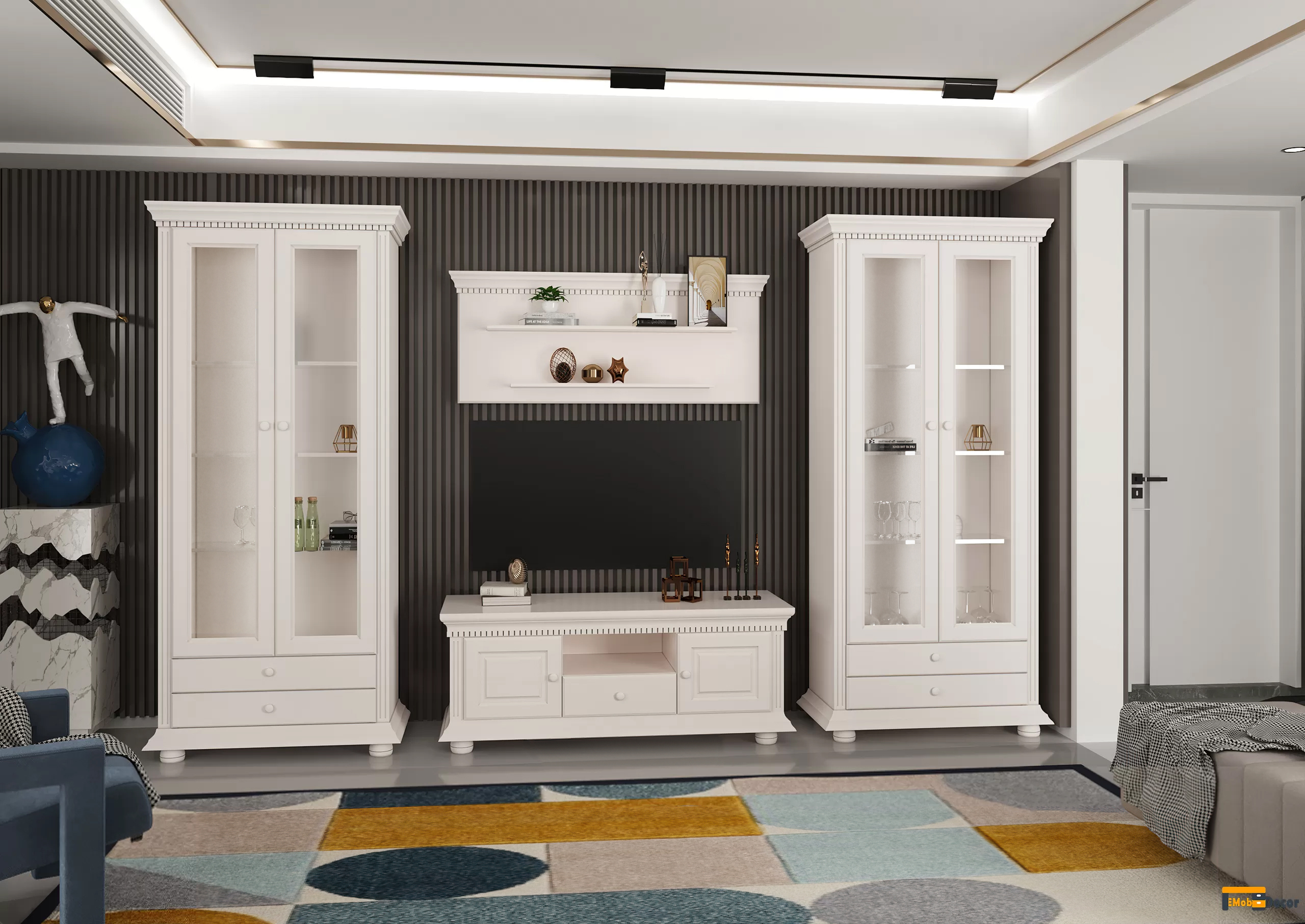
Living solid wood: turn it into a natural refuge

Uses these interior design ideas house in the country
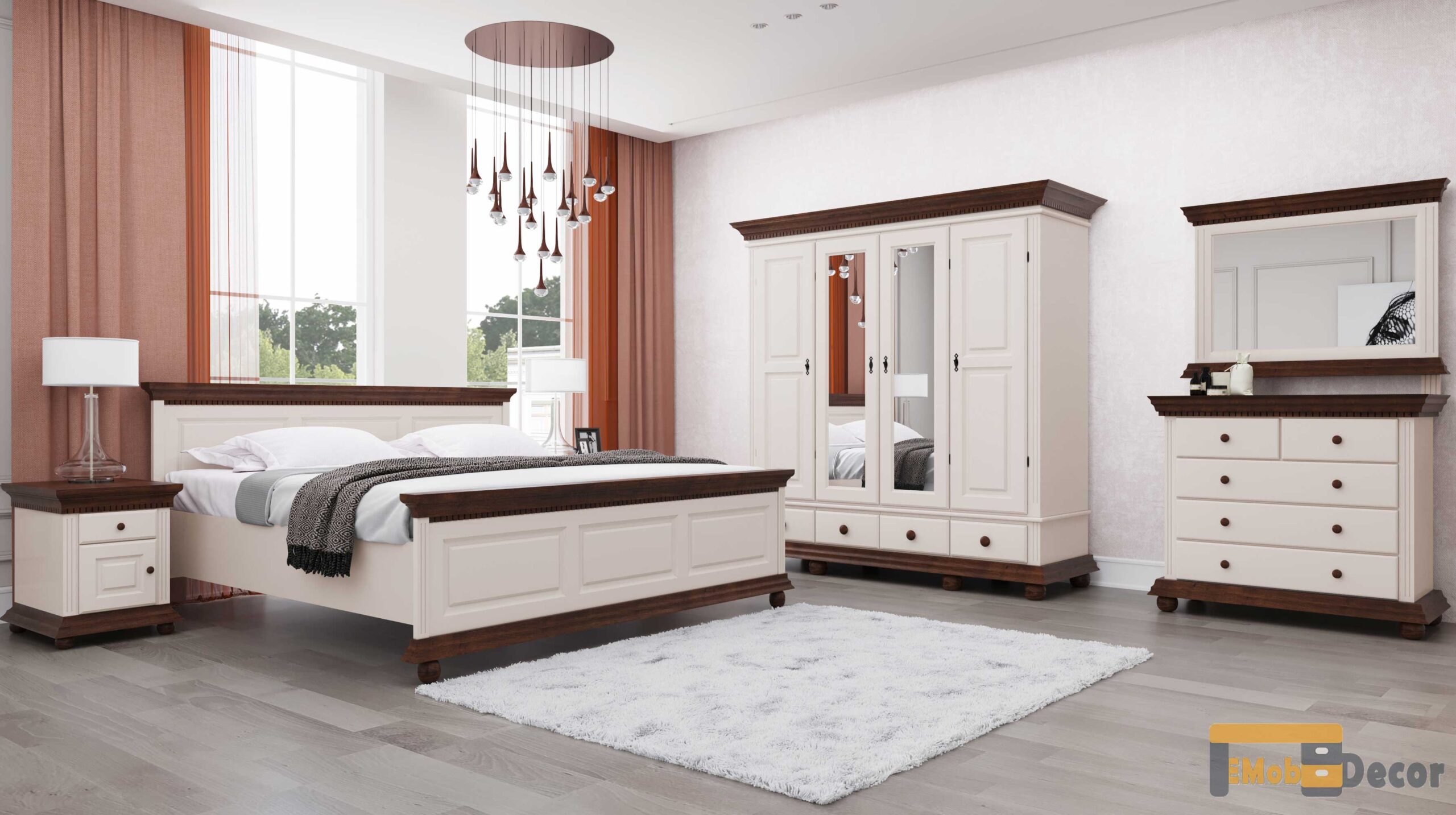
Models and modern curtains – tips and ideas »


